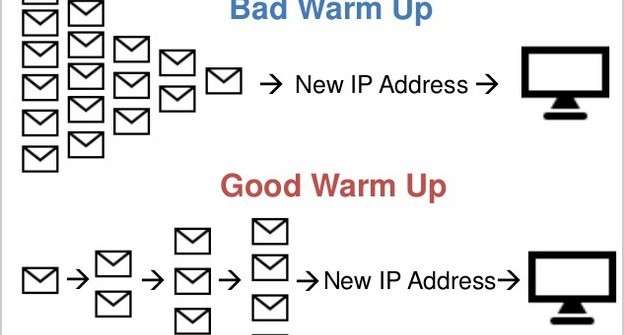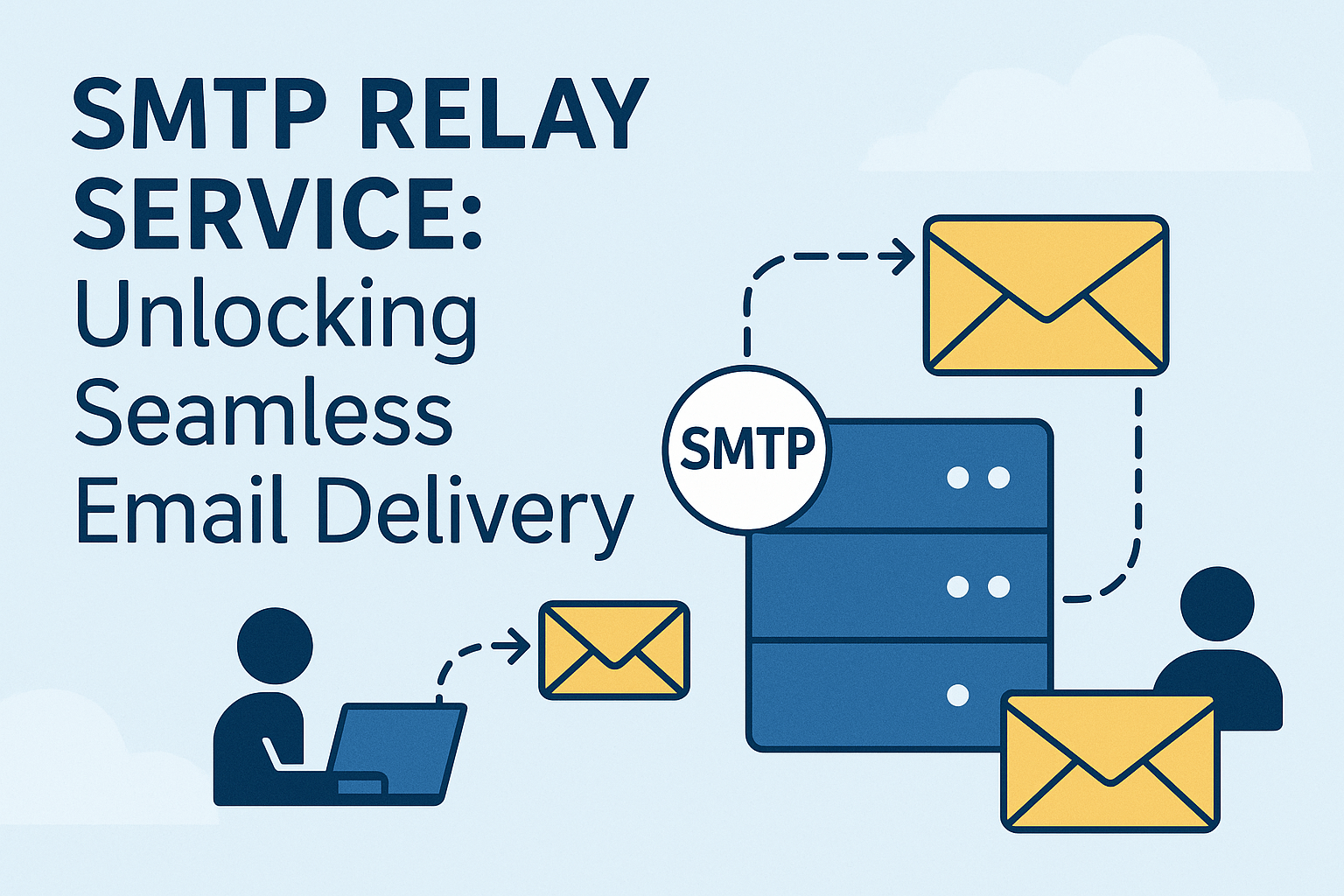1,743,168 total views, 12 views today
SmtpServer Warmup: Why is it important?
WHAT IS AN WARM-UP PROCESS?
When running an email campaign, deliverability is a major consideration. But with a new email account, several issues like IP blocking and email account blocking happen. This is due to a lack of warm-up, when a new IP is used for sending emails it has no reputation and is marked as a cold IP, mailboxes like Gmail, yahoo, and outlook often flag them as spam. To build trust with ISP’s warmup is needed to be done.
Warming up the server not only grows the reputation but proves the IP as a legitimate email sender. IP warming is the practice of gradually increasing the mailing limit with a dedicated IP at a predetermined schedule. Warm-up is also needed if an IP has not been sent for the last 30 days. Higher deliverability rates can be more effectively achieved this way.
TYPES OF WARMUP
Manual Warmup: If the IP is relatively new and you never had one before you need to manually warmup the IP. To do so, you need to send more emails over the IP with a warmup schedule.
Automated IP warmup: For automatic warmup you need to have another IP which is already warmed up. In this process when the sending limit of the new IP is reached it automatically switches the IP and the rest is sent with the existing warmed up IP.
TYPES OF WARMUP
⦁ Manual Warmup: If the IP is relatively new and you never had one before you need to manually warm up the IP. To do so you need to send more emails over the IP with a warmup schedule.
⦁ Automated IP warmup: For automatic warmup, you need to have another IP that is already warmed up. In this process when the sending limit of the new IP is reached it automatically switches the IP and the rest is sent with the existing warmed-up IP.
STEPS TO WARMUP BEFORE SENDING
Account authentication: Authenticating the account increases reliability and safeguards from spam filters. The main authenticating factors are SPF, DKIM, DMARC, and Custom domain.
Starting slightly: At the beginning of warmup, it is advised to start sending with small batches and keep the volume limited. Start with 50 emails on the first day and gradually increase to 1000 emails in the next 8 days.
Sending mails: At the initial stage, it is crucial to know how to send emails. It is necessary to have intervals between sending to prevent from getting blocked.
Subscribe to newsletters: There are a lot of publications out there sending weekly newsletters you can subscribe few of them and confirm the subscription in your inbox. This will validate your email account, receiving emails is equally important while warming up the account.
Warmup period: A good warm-up period ensures that your IP and domain both build reputations with ISPs, which increases your chances of delivering to their inbox. A minimum period of 30 days is recommended for warmup
Personalizing subject line: If you personalize the subject line open rates of your email increase and provide authenticity to the ISP.
CONCLUSION: A proper warmup completion will provide the IP ability to send bulk emails without getting into blocklist or spam traps. IP appears to be more genuine and consistent in nature. Remember to keep monitoring your progress and keep sending. Domain and IP warming takes time but it’s the only process to show ISPs that your new IP isn’t being used for spam. However only warming up will not give you 100% of deliverability so it is better to also stick with best email practices.





